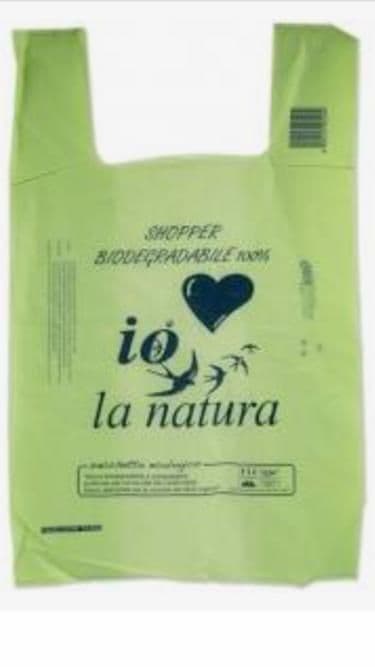Office chairs, desk accessories,glasses and sunglasses,carpets,shoes,sandals,toys, mattresses,toothbrushes,coffee pods, toiletries....ecc. Biobased b
Office chairs, desk accessories,glasses and sunglasses,carpets,shoes,sandals,toys, mattresses,toothbrushes,coffee pods, toiletries….ecc.
Biobased bioplastics are plastics made from renewable resources – agricultural feedstocks such as corn, soybeans, or sugarcane. The starches, oils, and sugars from these feedstocks are extracted, modified, and used as the chemical building blocks for these new bioplastic products. This is valuable because these feedstocks are sources of “new” carbon because of their renewability. Petroleum/oil-based products contain “old” carbon. The amount of new carbon in a product can be an important measurement for the product’s sustainability. Bioplastics can also be made from used cooking oil, straw, food waste, and natural gas. These second-generation feedstocks used for bioplastic products are gaining in popularity.
Bioplastics may also be defined and identified by their end-of-life attributes or benefits. One of these is compostable bioplastic, designed to biodegrade during industrial composting into biomass, water, and carbon dioxide. Diversion of organic wastes to composting is expanding across the country – there are currently 4,700 industrial composting facilities in the U.S. that compost yard trimmings, food scraps, biosolids, and bioplastics, etc. These composting facilities manufacture valuable soil amendments for use in agriculture and other applications. It’s important to note that bioplastic products may be biobased and/or biodegradable, as these attributes do not mean the same thing.
Traditional oil-based plastics – a part of nearly everything we touch and use each day from machine parts, computers, toys, to product packaging – are made from nonrenewable petroleum. 300 million metric tons of these plastics are produced globally per year.
More and more companies are processing renewable feedstocks into chemical components and biobased resins, and more companies are making bioplastic products and packaging. While bioplastics currently make up less than 1 percent of the traditional plastics market, the opportunity for future global growth is large. Growth in bioplastics from 2013-2017 is 29 percent; global growth in bioplastics is expected to grow at a pace of 18 percent between 2017 – 2022. As agricultural crop yields continue to increase, this kind of bioplastic product and market development is a promising avenue for the use of these commodities.
Much of the food we eat is wrapped in oil-based plastic packaging, which while reducing spoilage, and food waste, is not traditionally biobased or compostable. ARS scientists developed a biobased, compostable, and edible film from casein, a milk protein made from expired milk. The new film protects food from damaging oxygen 500 times more effectively than petroleum-based plastic, making it significantly better at keeping foods fresher for even longer periods of time. The milk-based film is versatile and can be made into pouches that dissolve in hot water. This cost-effective, biobased, and compostable milk-protein film is currently being tested by a major U.S. soup company. The global bioplastic packaging market is expected to grow at a pace of 18 percent between 2017-2025.
here are numerous benefits of bioplastics. Bioplastics help reduce fossil fuel use, lessen the carbon footprint of the conventional products they replace, and, in aggregate use, may mitigate the effects of climate change. Compostable bioplastics reduce municipal landfill waste by facilitating the diversion of food scraps and nonrecyclable food-soiled packaging. Bioplastics can provide the same, if not better, performance than traditional oil-based plastics. Now, bioplastics are making it possible
A cura di Vittoria Defelice


